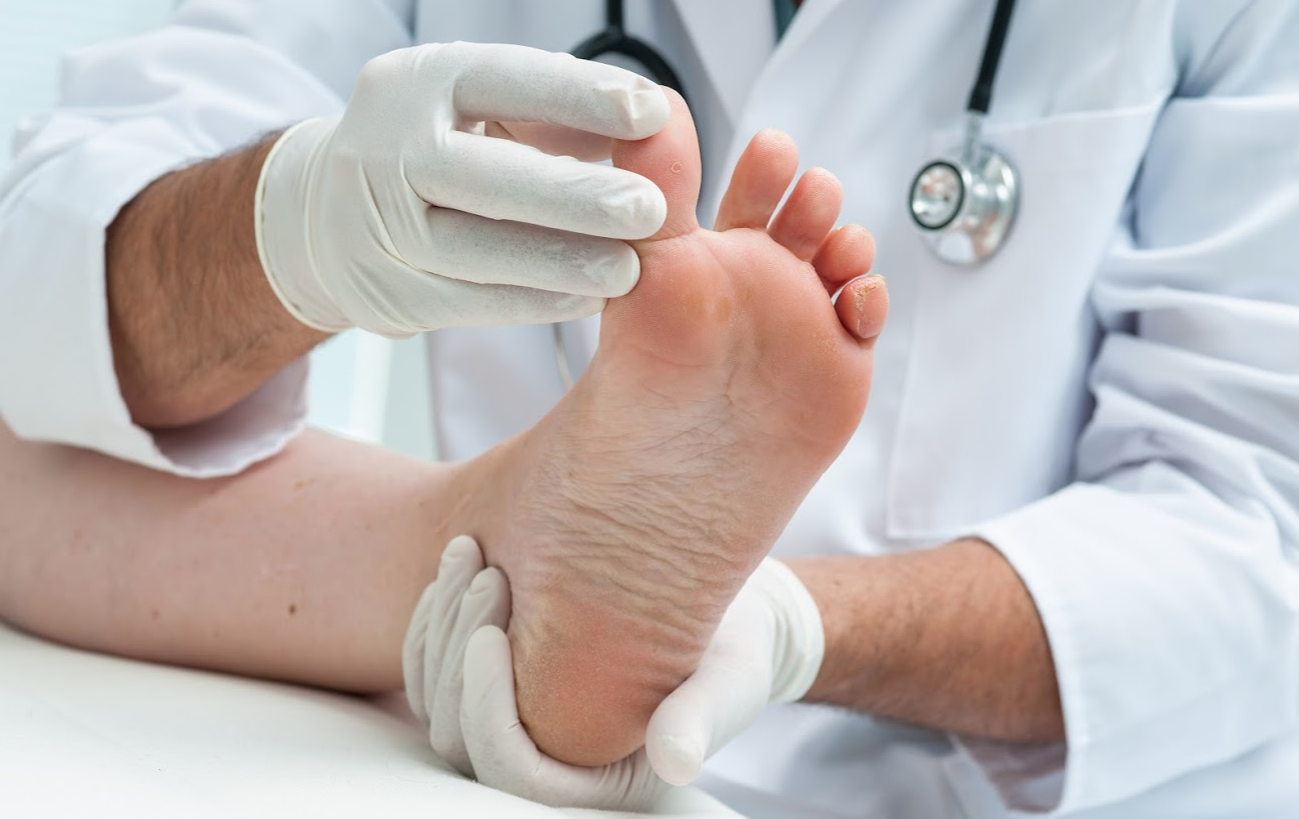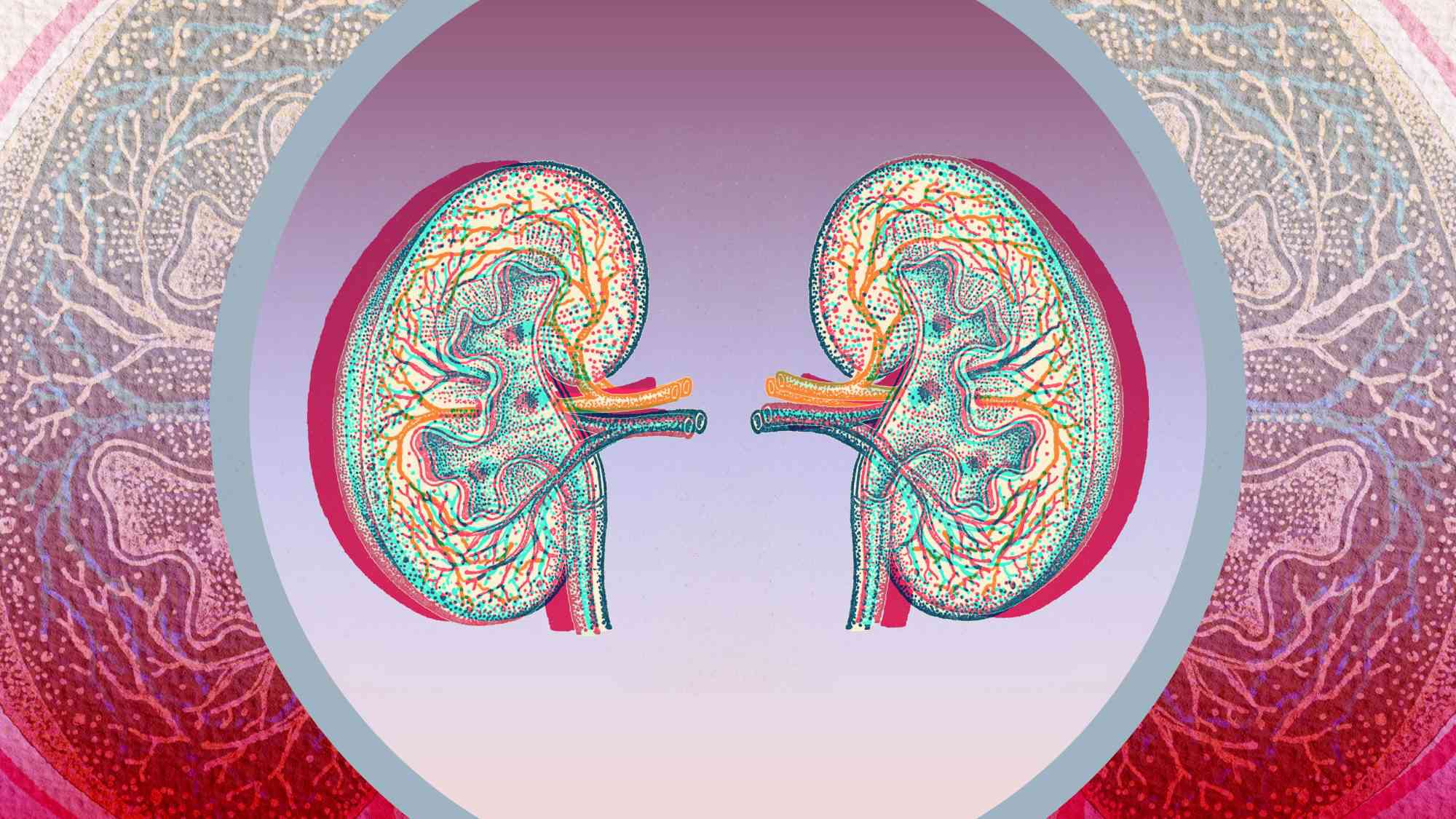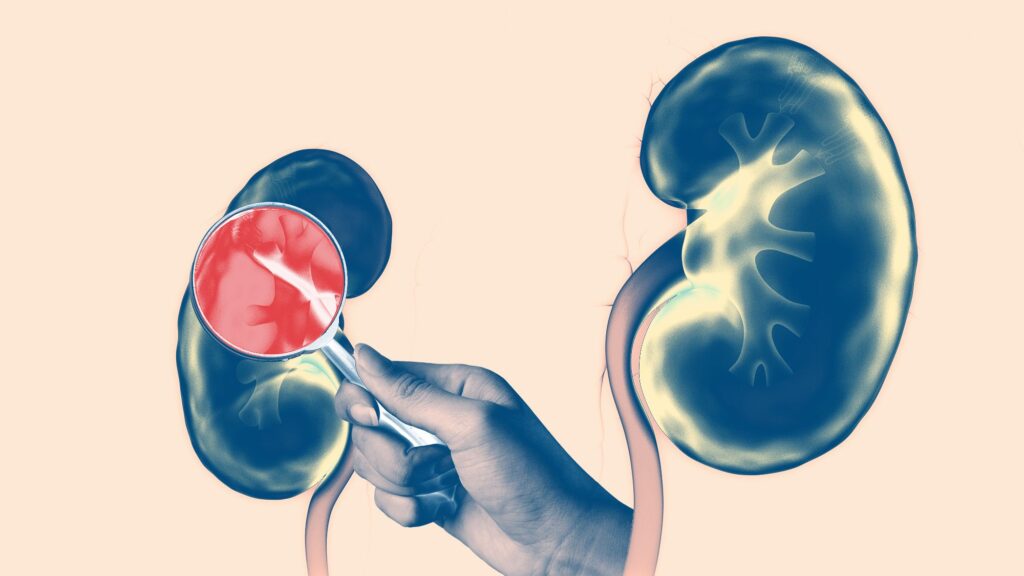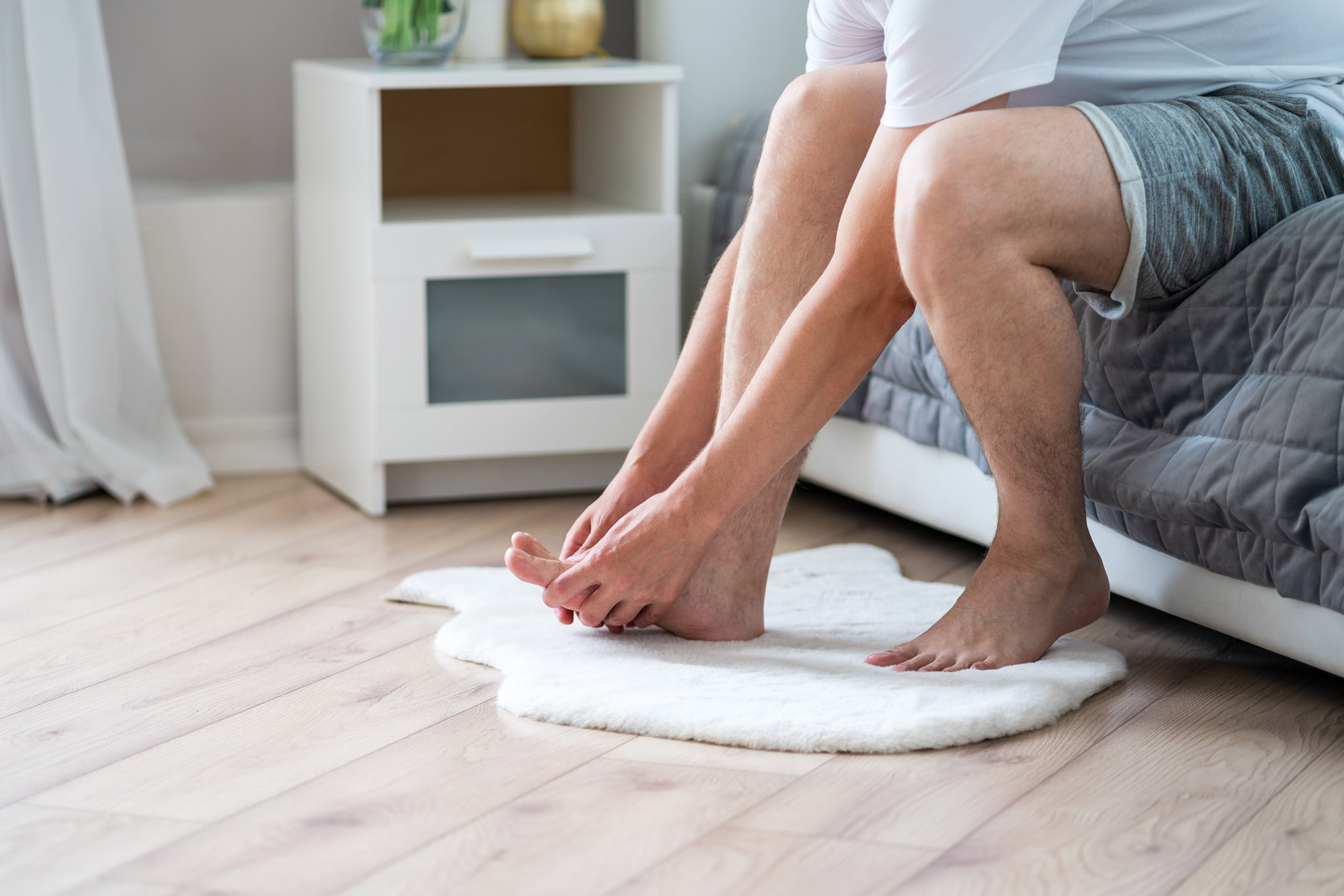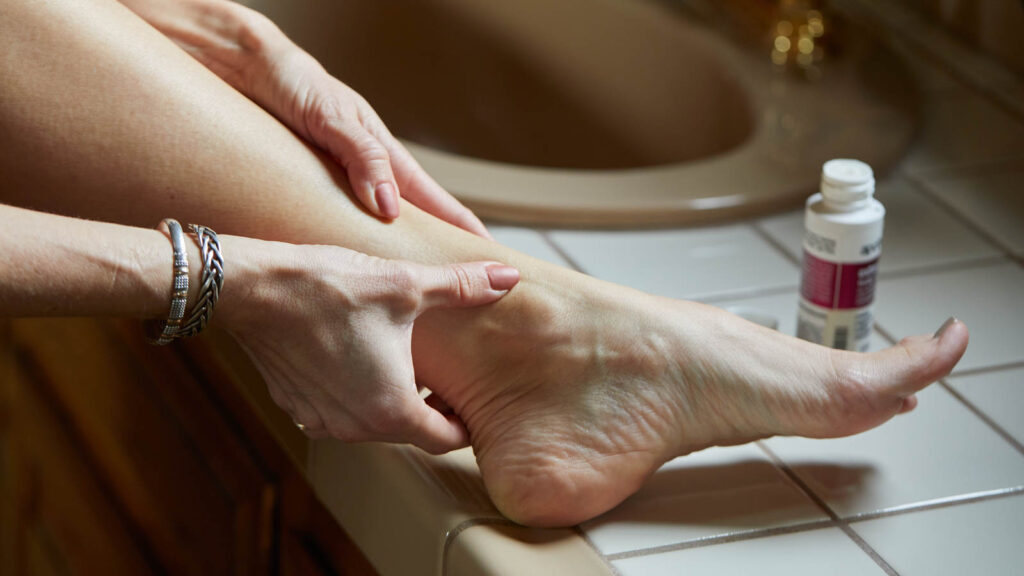Not all foot Chronic Pain starts in the toes, the front and the back of the foot can also be the pain location, because not all foot Chronic Pain results from an initial injury or damage to the toe.
Many people are surprised to learn that foot and leg pain can often be caused by issues in the lower back rather than the foot or the leg. Conversely, people who experience foot Chronic Pain as a result of a pinched nerve in the lumbar back will typically also experience significant leg Chronic Pain.
It is quite unusual to experience Chronic Pain in only one foot owing to a condition in the low back and no Chronic Pain in the legs. Chronic foot pain that does not radiate up the legs is typically caused by something specific to the foot.
Chronic Pain can radiate down the sciatic nerve and into the foot if, for instance, a nerve root in the lower back is inflamed or compressed. This low back problem may or may not produce any actual ow back Chronic Pain.
In this article, you will learn ways of managing chronic pain, understand pain signals, and their implications for mental health — not exclusively about using nonsteroidal anti inflammatory drugs, but also with relaxation techniques, and other natural pain medicines.
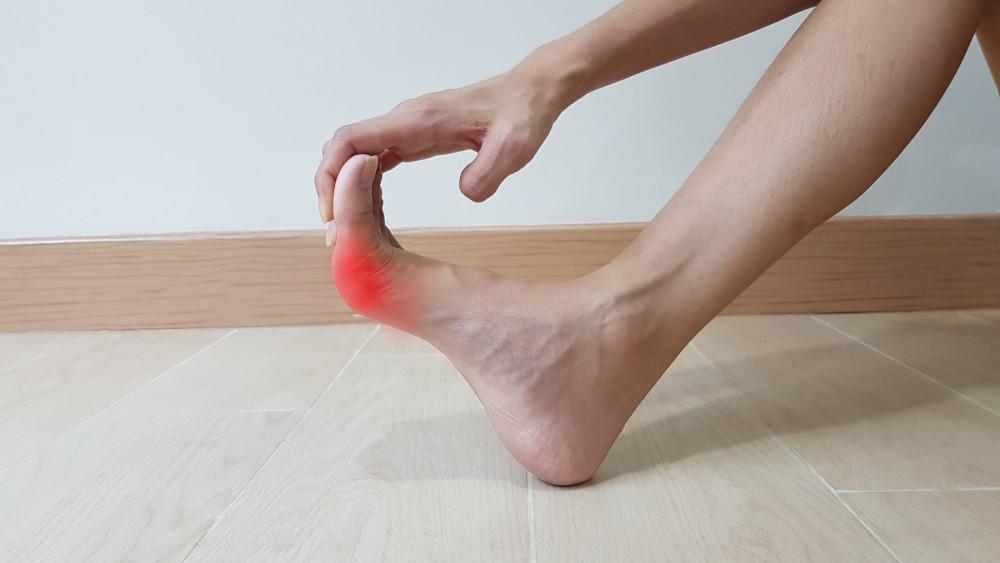
Lower back pain symptoms that frequently manifest in the feet
The particular sorts of foot Chronic Pain and other symptoms may vary according on the diagnosis of the lower back.
Capacity to raise the foot is impaired (heel walk). One indication of this condition is a lack of sensation between the centre of the lower thigh and the foot, which makes it difficult to lift the foot. As a result of damage to the sciatic nerve’s innervating spinal nerve root in the lumbar spine, heel walk might develop.
Pain or fatigue in the foot (foot drop). When you have foot drop, you may have trouble flexing your ankle and lifting the front of your foot because of a weak or heavy feeling that originates in your lower back. Chronic pain that travels down the outside aspect of the calf and across the top of the foot to the big toe is a common symptom of foot drop caused by a problem with the L5 nerve root.
Having trouble staying on your toes. a part of the foot at the heel If the sciatic nerve’s S1 spinal nerve root is pinched or damaged, chronic pain may result. Weakness in the gastrocnemius muscle is a common chronic pain symptoms in the sole of the foot, making it difficult to stand on the balls of the feet, lift the heels off the ground, or do routine tasks like walking or driving.
What Causes and Relieves Constant Foot Pain
In addition to the aforementioned symptoms, lower back disorders can also cause leg and foot chronic pain (sciatica).
Learning about the sciatic nerve, the biggest nerve in the human body, can help explain how issues in the lower back can lead to chronic pain in the foot.

Pain in the Foot and Along the Sciatic Nerve
The sciatic nerve is made up of five nerves that come together at the base of the spine; it runs down the back of each leg to the feet, connecting the spinal cord to several muscles there.
Chronic pain in the legs and feet, as opposed to the back, is a common sign of sciatica, which occurs when the sciatic nerve is damaged. This can occur, for example, when the nerve roots that combine to create the sciatic nerve are pinched or compressed due to a low back condition.
Chronic pain in the leg or foot may be caused by sciatica if any of the following problems in the lower spine are present.
Herniated Disc in the Lumbar Region, Visible from the Front of The Pelvis.
Lumbar disc herniation. The term “herniated disc” refers to a disc injury in which the soft, inner centre of the disc protrudes through the tougher, outer shell. Depending on the exact position of the herniated disc, the resulting pressure on the nerve root can cause chronic pain to go down the sciatic nerve and into the leg and foot.
Although microdiscectomy, a type of back surgery, is seldom used to treat foot Chronic Pain, it may be necessary in some cases to remove a little piece of the disc, which in turn removes pressure from the nerve and alleviates the referred Chronic Pain in the foot.
Spinal Stenosis in the Lumbar Spine, Seen in Profile.
Spinal canal narrowing in the lower back; stenosis of the lumbar spine. Weakness, numbness, and tingling in the foot may be referred from the lower back due to compression or choking of the spinal nerve roots.
Treatments for Chronic Foot Pain that originate in the spine, namely spinal stenosis in the lumbar region, often include non-invasive, conservative approaches. Very rarely, decompression surgery may be required.

Spondylolisthesis. When one vertebra slides over the one below it, it puts pressure on the spinal cord in that area, which can irritate nearby nerves and create Chronic Pain that radiates down the leg and into the foot in those who suffer from this form of low back pain. Spondylolisthesis treatment options range from non-surgical methods to invasive operations.
An Essential Factor in the Diagnosis of Chronic Foot Pain
Accurate diagnosis of the root of Chronic Pain in the foot by a qualified medical professional is essential. Seeing a spine specialist for a full diagnostic of any lower back disorders that might be causing the leg and foot Chronic Pain is recommended if the patient suspects that the foot Chronic Pain is being caused by a problem in the lower back.
Finally
For more information on chronic pain management, acute pain, pain disorders, chronic pain resources, psychogenic pain, effective chronic pain treatment options for pain relief, or other physical therapy, you should book a consultation session with a specialist at Chronic Therapy today, to give you professional advice that will suit your personal experience.
Also, for people who develop chronic pain due to unforeseen circumstances and are constantly worried about treatment options to relieve pain, and on how to treat chronic pain or get their chronic pain treated, our specialist at Chronic Therapy have made huge success over the year in recommending reliable resources such as CBD derived from medical cannabis used to manage chronic pain from nerve pain or any other developing chronic pain conditions.


